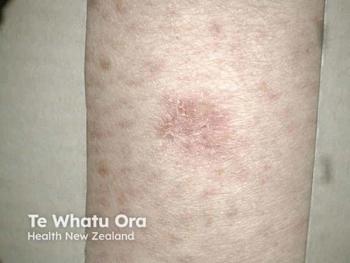
|Articles|December 1, 2003
When Prevention Fails
Washington, D.C. -- Taking a thorough patient history and performing precise surgery are two ways to avoid acute complications in cutaneous surgery, according to Hugh M. Gloster, Jr. M.D. director of dermatologic surgery and Mohs micrographic surgery, University of Cincinnati. "However, if prevention fails, any physician who performs cutaneous surgery should be prepared to treat hematoma, infection, dehiscence, and necrosis," he said.
Advertisement
Newsletter
Like what you’re reading? Subscribe to Dermatology Times for weekly updates on therapies, innovations, and real-world practice tips.
Advertisement
Latest CME
Advertisement
Advertisement
Trending on Dermatology Times
1
First-in-Class Topical GT20029 Demonstrates Promising Phase 2 Efficacy and Tolerability for AGA
2
Highlighting Major Breakthroughs for Atopic Dermatitis and Psoriasis in 2025
3
Expert Panel Unanimously Backs DecisionDx-Melanoma for Guiding Personalized Cancer Care
4
Considering Biologics and Shared Decision-Making in Moderate to Severe Plaque Psoriasis: Part 2
5

















